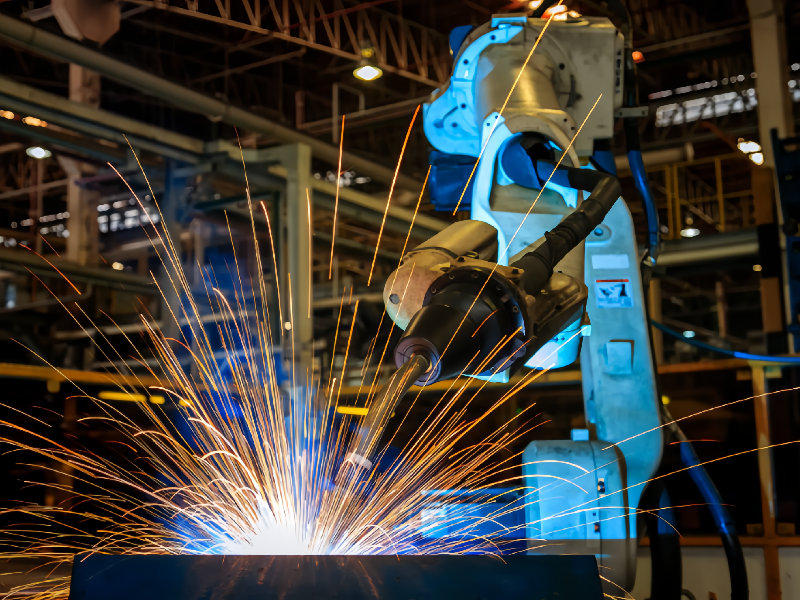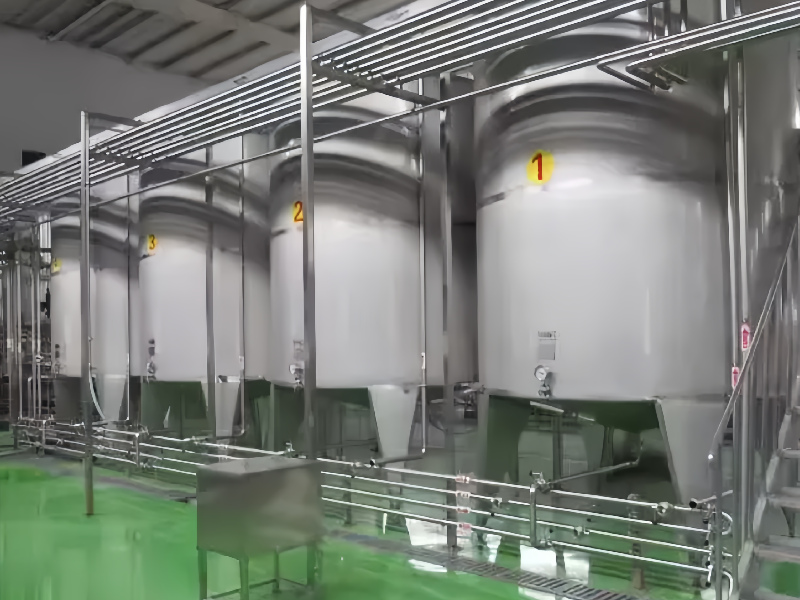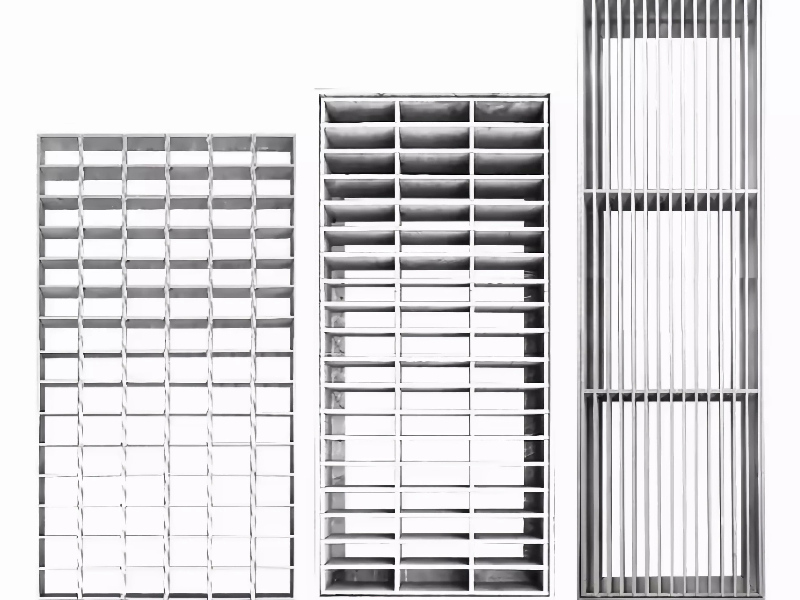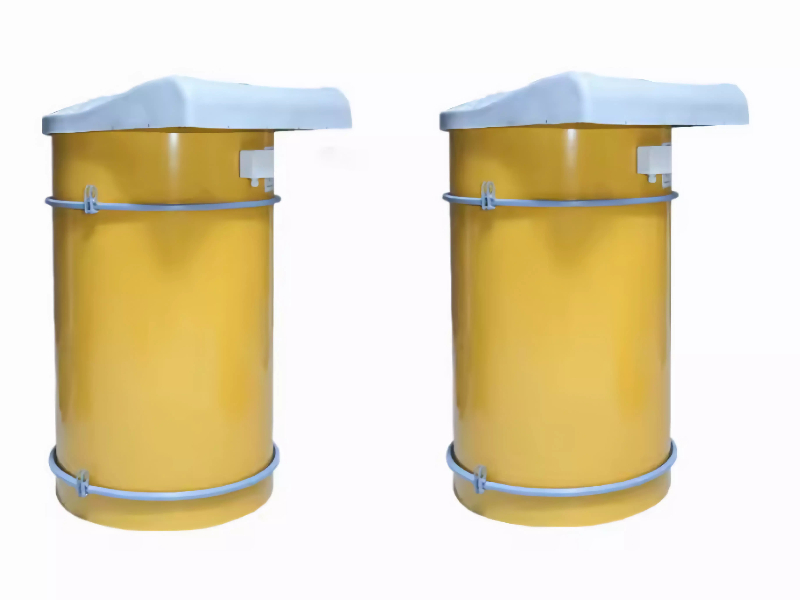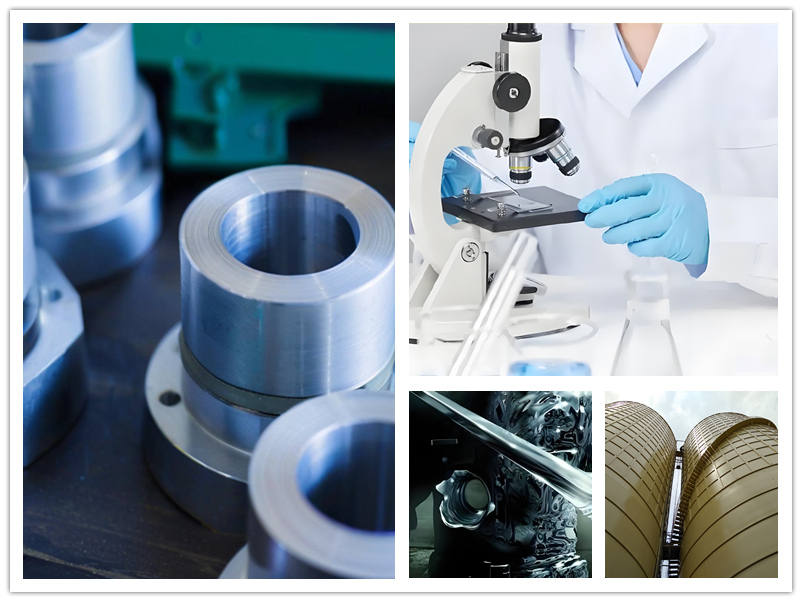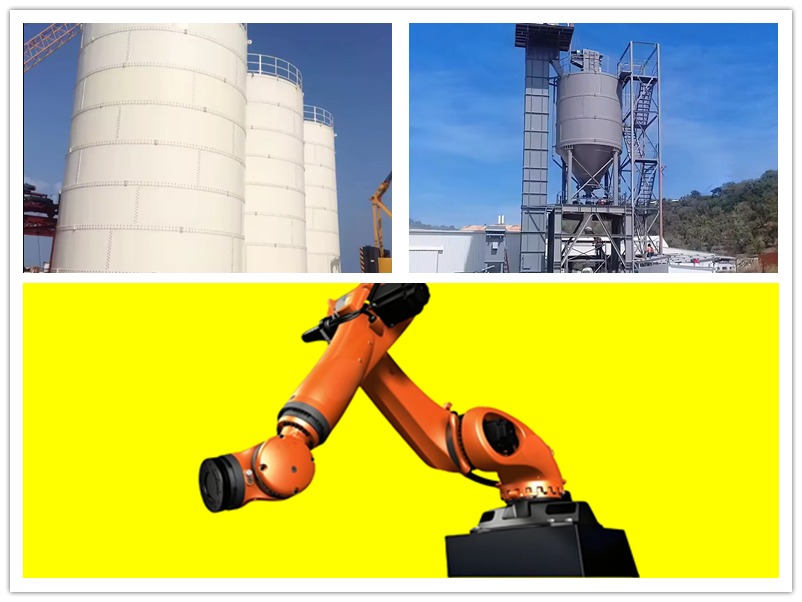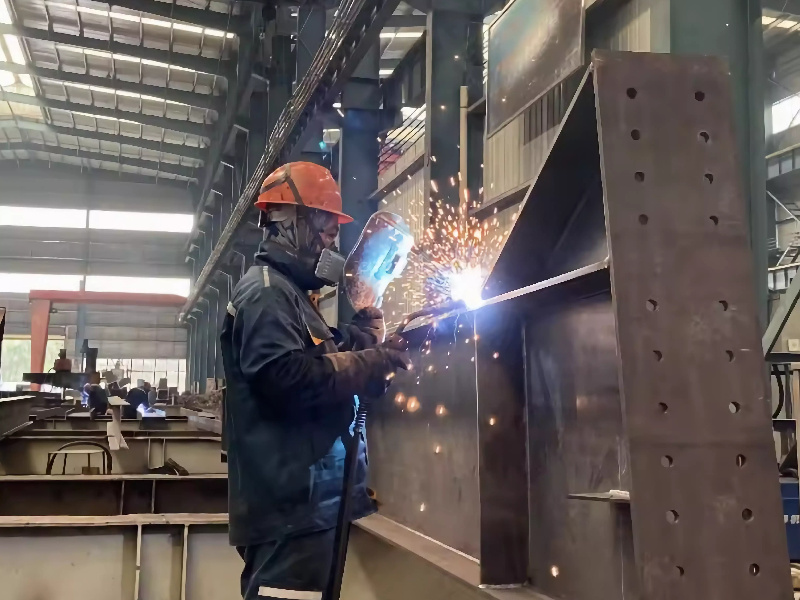Enhancing Road Safety with Intelligent Monitoring and Warning Systems
May 30, 2020
Intelligent Monitoring and Warning Systems within road safety barriers or guardrails are a recent and important technological innovation in the field of road safety. By integrating modern technologies such as information technology, the Internet of Things (IoT), big data analytics, and artificial intelligence (AI), these systems enable real-time monitoring and prediction of road traffic conditions, effectively enhancing road safety levels. We will explore the composition, working principles, advantages, application scenarios, specific functionalities, and future trends of these intelligent systems.
Intelligent monitoring and warning systems consist of several key components. Firstly, a sensor network includes high-precision sensors, radars, and cameras installed on road safety barriers or in the surrounding areas to collect real-time traffic data such as vehicle speed, location, density, road conditions, and weather conditions. Secondly, a data transmission network utilizes wireless communication technologies like 4G/5G, Wi-Fi, or LoRa to transmit the sensor-collected data in real-time to data centers or cloud servers for processing. Thirdly, a data processing and analysis platform employs big data analytics and AI algorithms to deeply analyze the received traffic data, identify potential safety hazards, and predict potential traffic incidents. Lastly, a warning information dissemination system alerts drivers and management departments through various channels such as sound, lights, electronic displays, in-vehicle navigation systems, and mobile applications once abnormal situations or potential risks are detected.
Intelligent monitoring and warning systems offer significant advantages and find wide application in various scenarios. These systems provide comprehensive coverage by monitoring not only vehicle conditions but also road conditions, weather conditions, and driver behaviors, establishing a multidimensional and comprehensive safety monitoring network. Additionally, they offer real-time data processing and analysis, ensuring timely and effective warning information. By utilizing big data analysis and AI algorithms, these systems provide precise and accurate predictions of potential traffic incidents, offering decision-makers a scientifically supported basis for proactive measures. Moreover, these systems can be applied on highways, urban expressways, bridges, tunnels, and in challenging environmental conditions such as severe weather, night driving, and dense fog, ensuring traffic safety in diverse situations.
Intelligent monitoring and warning systems provide a range of practical functionalities and have the potential for future advancements. These systems can prevent accidents by continuously monitoring vehicle trajectories, speeds, and other key parameters, proactively warning against high-risk behaviors. They can also respond to adverse weather conditions by integrating meteorological data and providing timely warnings to guide drivers in adjusting their travel plans. Furthermore, these systems contribute to road maintenance and emergency response by promptly detecting road damages, notifying maintenance departments, and quickly locating accident sites, thus reducing rescue time. As for future trends, the integration of these systems with autonomous driving technology will provide precise and reliable safety measures for autonomous vehicles. Additionally, advancements in IoT, big data analytics, AI, and other technologies will enable these systems to deliver more intelligent and personalized services, meeting the diverse needs of various user groups. Integrating these systems with smart city initiatives will further enhance urban traffic management systems, making cities safer and transportation more efficient.
Intelligent Monitoring and Warning Systems within road safety barriers or guardrails demonstrate the importance of technological innovation in road safety. These systems, with their advanced technologies and comprehensive nature, significantly enhance road safety levels by monitoring and predicting road traffic conditions in real-time. With the integration of autonomous driving technology and the further application of IoT, big data analytics, and AI, these systems will continue to play a vital role in ensuring road safety and offer improved services for a safer and more efficient transportation experience.
Read More
